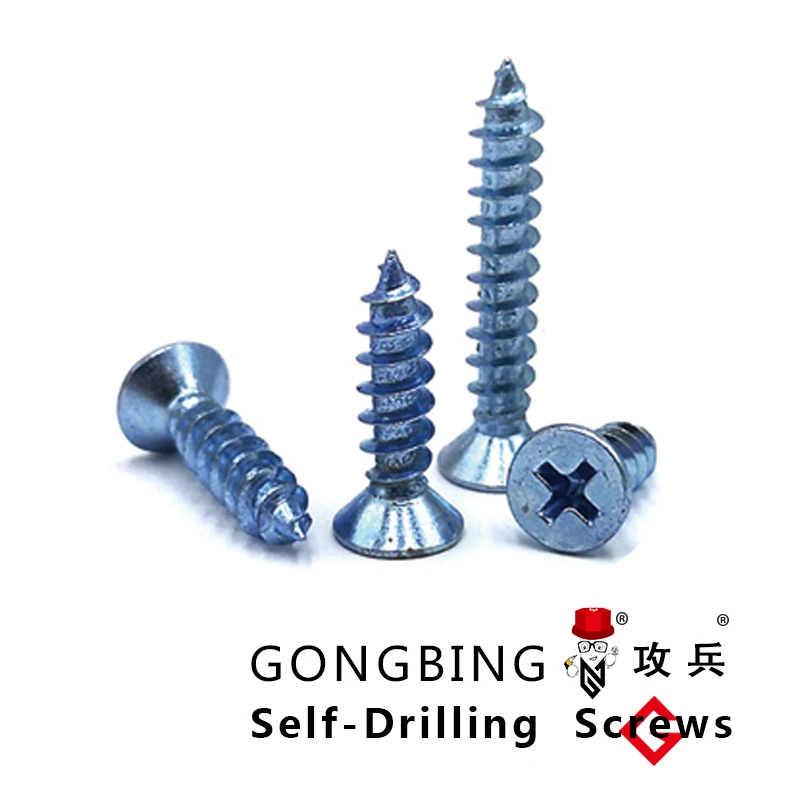self drilling cement board screws
The Advantages of Self-Drilling Cement Board Screws
In the world of construction and home improvement, achieving a secure and durable installation is of utmost importance. One product that has gained considerable attention in recent years is the self-drilling cement board screw. These specially designed screws offer numerous advantages for both professional contractors and DIY enthusiasts. In this article, we will explore the benefits, applications, and best practices for using self-drilling cement board screws.
What are Self-Drilling Cement Board Screws?
Self-drilling cement board screws are fasteners specifically engineered for use with cement board materials. Unlike standard screws, these fasteners come with a unique drill bit tip that allows them to penetrate hard surfaces without the need for pre-drilling. This feature not only saves time but also reduces the risk of damaging the material being fastened.
Advantages of Using Self-Drilling Screws
1. Time Efficiency The primary advantage of self-drilling screws is the speed at which they can be installed. The drill bit tip eliminates the need for pilot holes, allowing for quicker assembly and fastening compared to traditional screws.
2. Reduced Labor Costs With faster installation times, contractors can complete projects more efficiently. This efficiency can translate into lower labor costs, making self-drilling screws a cost-effective solution in the long run.
3. Enhanced Durability Designed specifically for cement board applications, these screws are made from high-quality materials that resist corrosion and rust. This ensures a long-lasting relationship with the installed surface, vital for areas exposed to moisture, like bathrooms or kitchens.
4. Consistent Performance Self-drilling screws provide uniform insertion into the material, which leads to superior holding power. This consistency is crucial in maintaining the integrity of the structure, especially in high-stress environments.
self drilling cement board screws

Applications of Self-Drilling Cement Board Screws
Self-drilling cement board screws are predominantly used in the installation of cement board for tile backer applications. They are ideal for floors, walls, and ceilings in wet areas, providing a sturdy substrate for tile. Additionally, they are suitable for use in exterior applications where moisture resistance is key, such as patios, outdoor kitchens, and facade installations.
Best Practices for Installation
To maximize the benefits of self-drilling cement board screws, here are a few best practices to consider
- Proper Spacing Ensure that screws are spaced appropriately according to the manufacturer’s guidelines. This enhances the overall strength and stability of the installation.
- Avoid Over-Tightening While it may be tempting to drive screws down tightly, over-tightening can damage the cement board or reduce holding power. Stop once you feel resistance.
- Use the Right Tools While self-drilling screws reduce the need for pre-drilling, using a power screwdriver with adjustable torque settings can help control the depth and prevent over-tightening.
- Follow Local Building Codes Always adhere to local building codes and regulations when installing cement boards and screws to ensure safety and compliance.
Conclusion
Self-drilling cement board screws represent a significant advancement in fastening technology for construction and remodeling projects. With their time-saving features, durability, and versatility, these screws are an essential tool for achieving effective and lasting installations. Whether you're a seasoned contractor or a DIY enthusiast, incorporating self-drilling cement board screws into your projects can lead to improved efficiency and superior outcomes.
-
Weatherproof Plastic Expansion Anchors for OutdoorNewsJun.06,2025
-
Sustainability in the Supply Chain: Eco-Friendly TEK Screws ProductionNewsJun.06,2025
-
Load-Bearing Capacity of External Insulation FixingsNewsJun.06,2025
-
Double Head Bolts: Enhancing Efficiency in Industrial MachineryNewsJun.06,2025
-
Corrosion Resistance in Chipboard Screws: Coatings for Wholesale DurabilityNewsJun.06,2025
-
Butterfly Toggle Bolts : Enhancing Structural ResilienceNewsJun.06,2025
